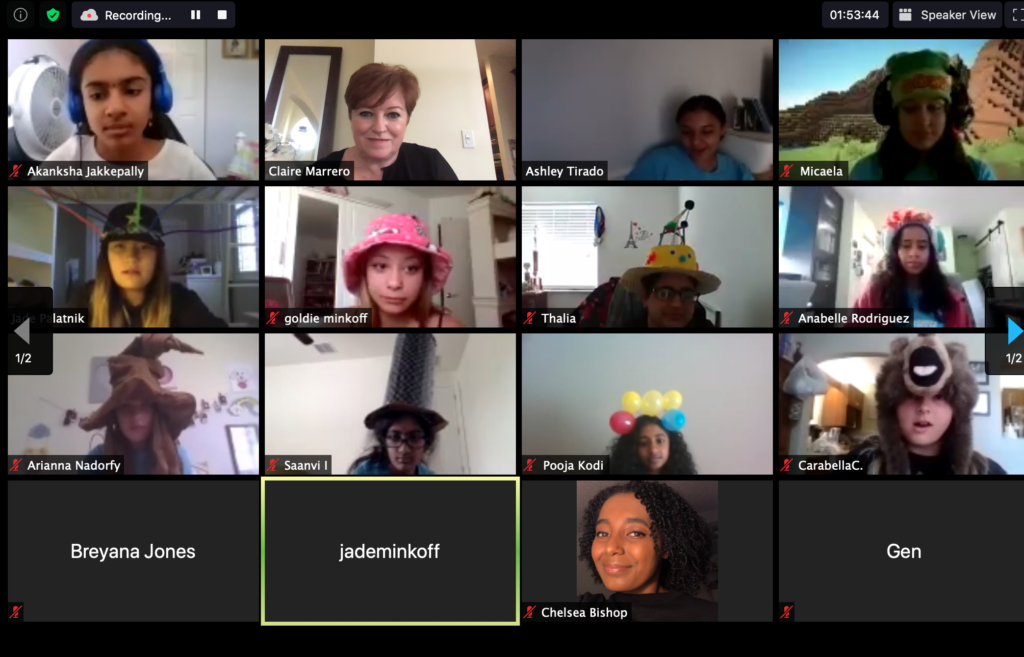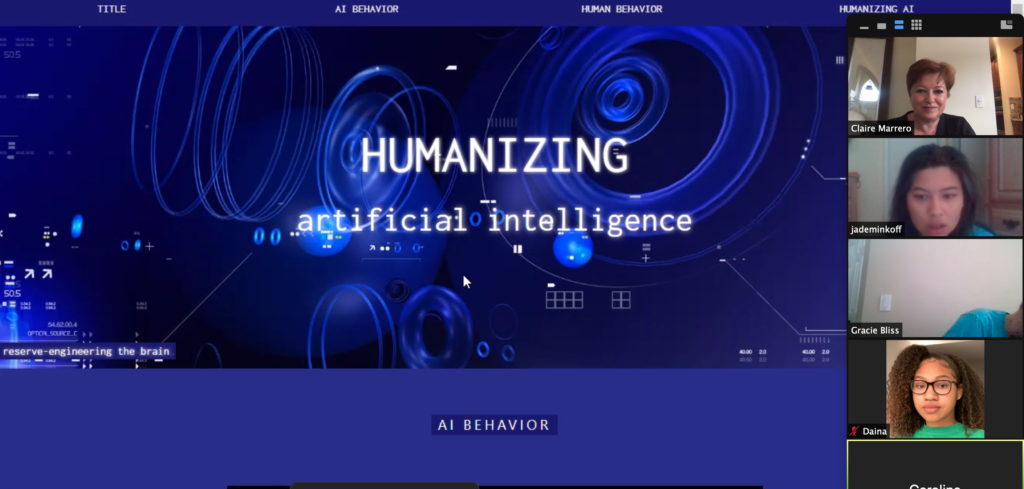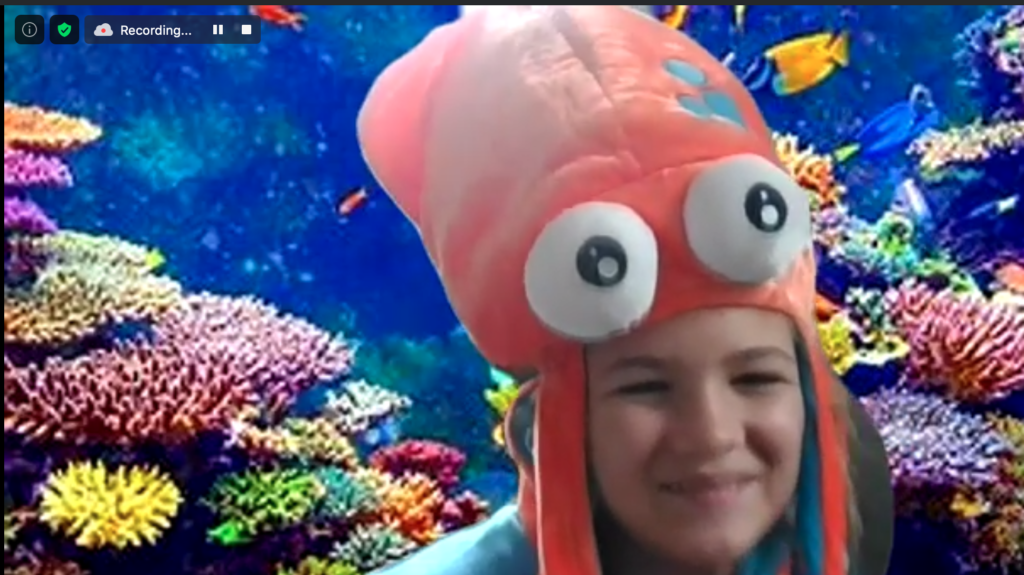What I Learned Leading Virtual Coding Camps

Ed. Note:
Jade Minkoff is an ITWomen summer intern and 2019 ITWomen scholarship recipient who is pursuing an Electrical Engineering degree from the University of Southern California. Jade served as the lead camp counselor for our virtual coding camps for girls this summer, and our 2019 in-classroom coding and robotics camps. Here’s her takeaway from those camp experiences.

It’s extremely rewarding for me to use my technical skills and experience to be a mentor for younger girls still exploring career paths.
My favorite part of the job is seeing the creativity of the campers. Switching to virtual this year, I wasn’t expecting the level of engagement the girls showed.
Pre-COVID ITWomen Summer Coding Camps
Typically ITWomen’s free summer camps pre-COVID were conducted in person at a high school for about 8 hours a day, 4 days a week. The room is air conditioned, there are snacks in the back, and the environment is calm. The activities include Hour of Code on provided laptops and programming LEGO bricks to navigate obstacle courses. The hands-on curriculum and the in-person setting allow for each camper to get more personalized help with whatever they may be struggling with.
This was the great thing about camp in a classroom venue. I was present with the kids and I could interact with them on an intimate level. A day of camp was long enough to fit in multiple breaks. During downtime the campers socialized with each other and the counselors. Nothing felt rushed and we ended every day with pizza and a movie.
Our pre-COVID ITWomen summer tech camps were easy to execute because it was familiar. It was basically a much more relaxed version of school. All of our girls participated in the activities and appreciated the social interactions. During breaks I was able to take them outside for a couple of minutes to enjoy the summer sun.
My Biggest Surprise About Virtual Code Camp

My biggest concern for conducting summer camp for 2020 was that I couldn’t deliver the same experience that I did in the summer of 2019.
I knew what worked in person, but online was new territory. In fact, my own personal experience transitioning to online classes in the middle of my college spring semester left a lot to be desired.
My big surprise was that every single week the girls’ websites introduced features I NEVER mentioned or even considered. I was blown away by their originality and intelligence. Web design was a powerful tool for the girls to pursue their specific interests, whether they were science-related or not.

I also thought there would be a lot of dead silence on the calls, but the girls are actually pretty social with each other. Most of them are grateful for camp because of their lack of social interaction due to the pandemic.
Even through Zoom, the girls were willing to help each other with technical issues and draw inspiration from each other’s design choices — also something I thought would not happen in an online setting.
Another positive for virtual camp is the ability to reach girls throughout South Florida who would ordinarily not be able to attend, and the ability to attract more guest speakers remotely.
The Biggest Challenge of Virtual Code Camp

My biggest challenge was taking my online experience and designing a curriculum that easily translated to a distance learning format.
I knew that the camp curriculum had to revolve around programming, because any hands-on activities were completely out of the question. We didn’t want to exclude any children for not having access to certain materials and definitely did not want to impose any undue financial burden on their parents or guardians.
Website Development as Teaching Tool
ITWomen president Claire Marrero decided the curriculum was going to revolve around web development. This was a great idea for several reasons:
- Languages used for web development are more design-based then logic-based, which means they are easier to pick up and need less debugging
- When camp ended, all of the girls would have a colorful, personalized project that they could revisit and be proud of.
- In a surprising turn of events, I didn’t have to plan much curriculum outside of following the material in the 2020 Complete Web Design Bootcamp course we purchased from Udemy.
One of the daily challenges was that we would have fewer hours to present the material and for Claire to introduce the girls to extraordinary guest speakers – successful women in the tech industry who shared their career journeys.
We couldn’t justify keeping the girls on the Zoom call for more than three hours per day. So we determined that the best use of counselor time would be spent reviewing course material and helping campers de-bug their websites. Debugging takes longer because counselors can only help one camper at a time — the one that is sharing their screen.
Summary, Virtual vs Classroom Coding Camp
My takeaway from virtual tech camp is that while remote learning is not ideal, it does come with some significant advantages that are worth looking into for the future. The largest downside is the limited personal attention counselors can give to each student.
In true tech fashion, we took what we knew and adapted to some less-than- ideal circumstances.
Our journey navigating the world of distance learning came with trial and error, but in the end I think we produced a product we can be proud of. Our commitment to the community does not fade when the world is on fire, in fact it’s quite the opposite. We double down.
